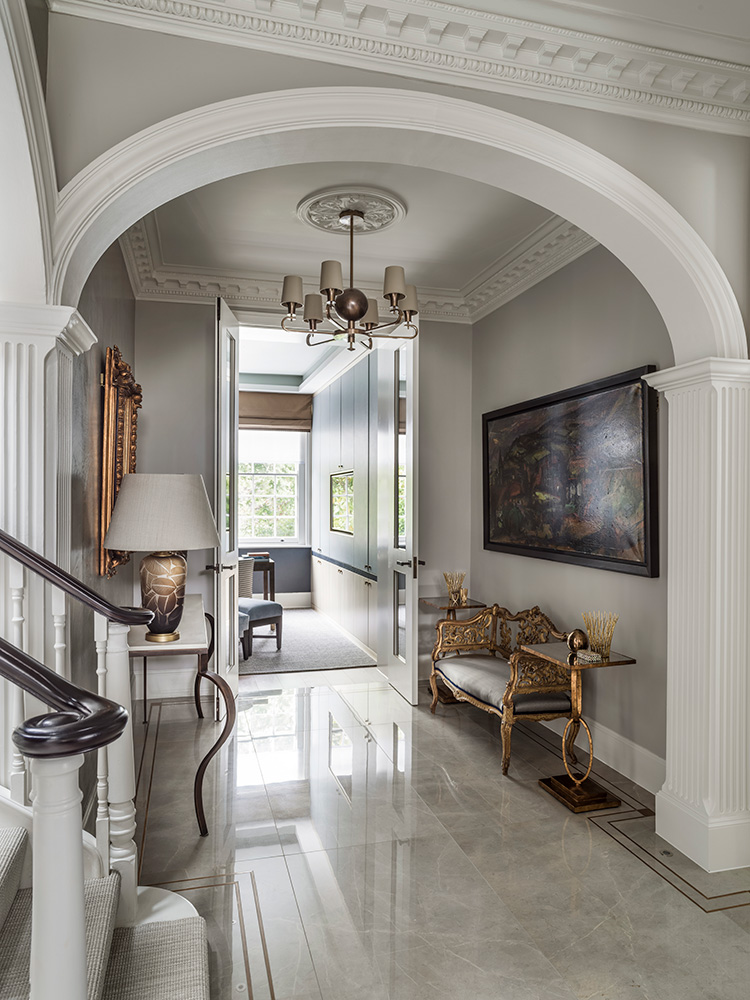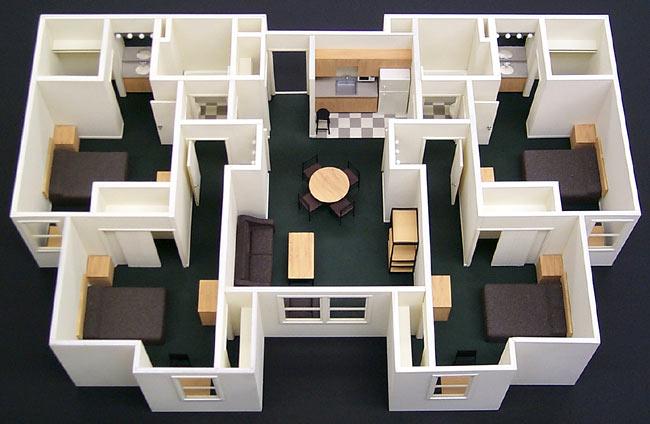Leading Architectural Experts in Hampshire for Custom and Innovative Designs
Leading Architectural Experts in Hampshire for Custom and Innovative Designs
Blog Article
Taking Full Advantage Of Aesthetic Allure: The Harmony In Between Interior Design and Home Architect Strategies
Comprehending the subtle interplay between interior decoration and home architecture can significantly elevate the visual allure of a home. This marital relationship of layout techniques entails a thoughtful combination of building aspects with indoor formats, and an experienced application of concepts such as rhythm, contrast, and balance. As we explore this harmony, we will certainly reveal ways to create visually striking and practical atmospheres that not only reflect individual design, however likewise adjust to the dynamic needs of contemporary living.
Comprehending the Essentials: Specifying Interior Design and Home Style
Interior decoration and home design, commonly intertwined, represent the structural and aesthetic facets of our home. Interior Design is a complex technique that includes producing practical, risk-free, and cosmetically pleasing spaces inside a building. It includes elements such as furniture arrangement, color coordination, and accessory selection. On the other hand, home design mostly concentrates on the solid structure of a structure. It includes developing a useful and aesthetically pleasing framework that stands the test of time. It includes aspects such as area planning, construction, and sustainability. Both areas need a deep understanding of human habits, culture, and psychology. Each plays an important role in shaping our living atmospheres, adding to our general convenience, performance, and health and wellbeing.
The Synergy Described: How Interior Layout and Home Style Intersect
Comprehending the synergy in between interior design and home style can unlock a world of creative thinking and performance. When discussing this junction, the influence of architecture on insides is a critical element to consider. This discussion will concentrate on the unifying style concepts that blend these 2 fields right into a harmonious whole
Unifying Layout Principles
While it might seem that indoor design and home style are two distinctive disciplines, they are in fact deeply interconnected, forming a harmony that is vital for creating harmonious living spaces. Unifying design principles are the columns that facilitate this symbiosis. The concepts include equilibrium, rhythm, emphasis, contrast, and consistency. These components coalesce to supply a natural aesthetic charm. Equilibrium develops a sense of security, rhythm gives a sense of motion, consistency ensures unity, contrast stimulates passion, and emphasis draws interest to vital elements. The tactical application of these concepts makes it possible for a seamless blend of aesthetics and function, improving the total experience of the room. In essence, these principles function as the bridge, unifying indoor layout and architectural practices.
Architectural Influence on Interiors
The intertwining of indoor design and architecture comes to be even a lot more evident when one considers the architectural influence on interiors. Architectural components are innate to an area's performance and aesthetic appeals, shaping the style from the start. Their harmony is thus undeniable: style establishes the framework, which indoor layout boosts with color, decoration, and texture.
Trick Principles in Balancing Interior Design and Home Architecture
Striking an equilibrium in between performance and appearance is a fundamental element of balancing interior decoration and home architecture. An equally vital principle is the combination of sustainable design to develop green and energy-efficient homes. Finally, understanding and discovering different architectural styles can additionally play a crucial function in accomplishing a harmonious design.

Stabilizing Performance and Looks
Stabilizing functionality and appearances in interior design and home design arises as one of the paramount principles to take into consideration. Aesthetic appeal uplifts the state of mind and impacts the perception of space, whereas capability makes sure usability and convenience. Just as vital is the reliable plan of the area, with a well-planned layout adding substantially to the harmony in between functionality and aesthetics.
Sustainable Design Assimilation
In keeping the balance in between functionality and looks, one must additionally think about the assimilation of lasting design principles. This strategy not only boosts the aesthetic appeal of a room yet additionally ensures its long life and minimized environmental impact. The essential depend on picking materials that are eco-friendly, long lasting, and appealing. This includes all-natural, recycled, or low-impact materials that contribute to a healthier and a lot more sustainable globe. Designers and engineers can additionally integrate energy-efficient systems, such as energy-saving home appliances or solar panels. Moreover, guaranteeing excellent indoor air quality via adequate natural illumination and air flow is vital. An unified combination of indoor design and home style, assisted by sustainability, can develop spaces that are lovely, practical, and ecologically pleasant.
Exploring Building Designs
While there are a wide variety of building designs to discover, it is necessary to comprehend that each one brings its special concepts that can significantly influence the harmonization of indoor layout and home architecture. These styles, varying from the ornate Baroque to the minimal Modernist, bring distinct philosophies and visual appeals that, when properly recognized and utilized, can produce homes that are not only visually magnificent yet also sympathetically incorporated in terms of layout and architecture. Picking an architectural design is not merely about personal visual preference; it has to do with choosing a design language that talks with the property owner's way of living, approach, and aspirations, creating a home that is a real reflection of its homeowners.
Situation Studies: Extraordinary Instances of Layout and Architecture Harmony
Diving into some outstanding instance studies offers a profound understanding of how design and architecture can harmoniously combine to produce compelling and useful areas. The legendary Fallingwater home, made by Frank Lloyd Wright, exceptionally shows this harmony. Wright's layout masterfully integrates the home with its bordering landscape, while the interior mirrors the outside's organic forms. An additional example is the minimalistic Tadao Ando's Church of Light in Japan. The designer attained an ideal equilibrium in between simplicity and drama, making use of raw concrete and light. Internally, the stark, very little design develops a sense of peace and spiritual reflection. These description instances show the significance of harmony in between interior layout and architecture in achieving aesthetic and practical success.
Practical Tips: Enhancing Your Home's Visual Allure
Drawing inspiration from the situation studies of building and design harmony, property owners also can carry out some functional strategies to improve their home's aesthetic charm. An unified blend of colors, appearances, and lights can enhance a space, developing a cozy and inviting environment. Choosing furnishings that enhances the building components of your home can foster a sense of unity. Wall surface art and decoration items can add personality, mirroring individual design and preference. Including plant, either with interior plants or sights to the outdoors, can bring a component of nature, supplying a relaxing effect. Creative usage of mirrors can navigate to this website open up a room, offering an impression of a larger area. Ultimately, the aesthetic appeal lies in balancing performance with layout, producing a home that is both stunning and livable.

Future Patterns: Exactly How Modern Techniques Are Altering Interior Design and Style
As the globe evolves, so do the patterns in indoor style and style. Modern strategies are increasingly concentrating on sustainability, integrating energy-efficient layouts and green products. Innovation plays a crucial role, with smart homes becoming the norm, incorporating AI and IoT for boosted capability. Furthermore, minimalism remains to obtain traction, emphasizing simplicity, functionality, and clutter-free rooms. This is often coupled with biophilic design, drawing inspiration from nature and promoting wellness. Additionally, the pandemic has actually accelerated the requirement for versatile, multi-purpose areas, obscuring the lines between work and home. These fads reflect a shift towards styles that are not simply aesthetically pleasing, but likewise eco aware, technologically advanced, and adaptable to altering way of livings.
Verdict
Finally, the combination of indoor layout and home her response architecture strategies is a vibrant technique to improving visual allure. By leveraging essential concepts like rhythm, comparison, and equilibrium, and integrating components of contemporary living, developers can create flexible, visually pleasing settings. With understanding this harmony, property owners can make informed choices that not only raise their living spaces yet also add to their general health.
Understanding the refined interaction between indoor design and home style can considerably boost the aesthetic allure of a living space.Indoor design and home design, often linked, stand for the aesthetic and architectural facets of our living spaces.While it might appear that interior style and home style are two distinctive disciplines, they are really deeply interconnected, creating a synergy that is necessary for creating harmonious living areas.The intertwining of indoor design and design comes to be even much more evident when one considers the architectural influence on insides. An unified fusion of interior style and home style, guided by sustainability, can produce areas that are beautiful, functional, and ecologically pleasant.
Report this page